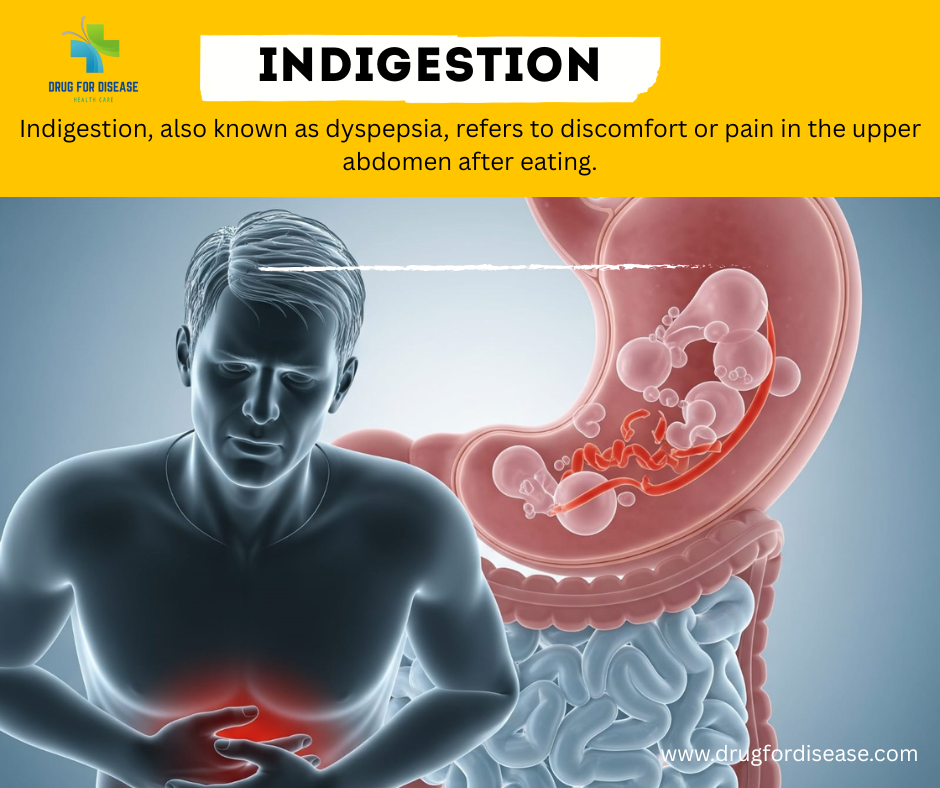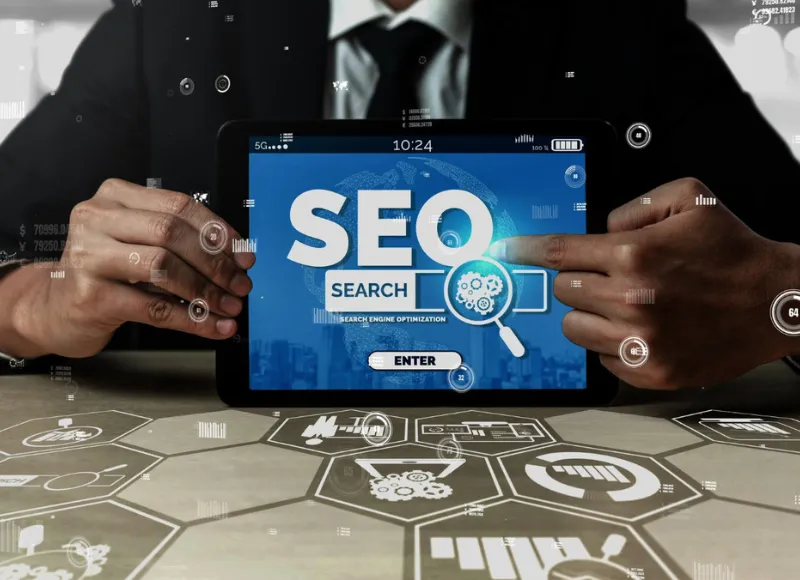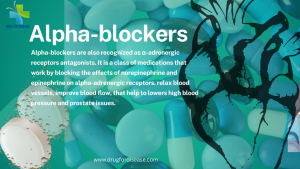Smarter Local SEO: How Digital Marketing is Changing Small Businesses in Pakistan?
In today’s digital-first world, small businesses in Pakistan are discovering the transformative power of smarter local SEO. What was once limited to flyers, billboards, and word-of-mouth has now evolved into data-driven strategies, real-time engagement, and hyper-targeted visibility — all thanks to digital marketing. At DMT Lahore, we’ve seen firsthand how the right approach to local SEO can empower small businesses to compete, grow, and thrive, even in highly competitive markets like Lahore, Karachi, and Islamabad. In this article, we’ll explore how local SEO works, why it matters more than ever, and what strategies are helping Pakistani businesses win big online. What is Local SEO and Why Should Small Businesses Care? Local SEO (Search Engine Optimization) focuses on increasing the visibility of a business for location-based searches. Imagine someone in Lahore typing “best biryani near me” or “top real estate agents in DHA Lahore” — local SEO ensures that your business shows up at the right moment. For small businesses, this means: In short, it’s not just about getting found — it’s about getting found by the right people, right when they need you. How Digital Marketing Has Evolved Local SEO in Pakistan Over the past decade, digital marketing has completely redefined how small businesses engage with local audiences. Here’s how: Earlier, businesses focused on broad keywords like “shoe store Pakistan.” Today, smarter businesses target hyperlocal keywords like: This level of precision helps small businesses appear in front of customers who are most likely to visit or call. GMB is now the backbone of local SEO. Pakistani businesses that keep their GMB profiles updated — with photos, reviews, timings, and posts — enjoy higher visibility on Google Maps and local packs. At DMT Lahore, we advise clients to: More than 70% of local searches in Pakistan now come from smartphones. This shift has pushed businesses to: It’s all about reducing the gap between discovery and action. Blogs, videos, and social media posts tailored to local culture, events, and needs can dramatically boost engagement. For example: Localized content positions businesses as part of the community, not just a service provider. Why Small Businesses in Pakistan Must Act Now The digital landscape in Pakistan is evolving quickly. Internet penetration has crossed 40%, and with cheaper smartphones and better connectivity, more people are searching online than ever before. If your competitors are already investing in local SEO, waiting means falling behind. On the other hand, being early can help you dominate search results, build a loyal local audience, and get consistent leads without ongoing ad costs. Practical Local SEO Tips for Pakistani Businesses Here are actionable steps you can start today: Claim & Optimize Your GMB Listing Focus on Hyperlocal Keywords Use tools like Google Keyword Planner to find keywords that include your city, area, or even neighborhood. Collect Customer Reviews Happy customers are often willing to leave reviews if you ask politely. Reviews boost your local ranking and influence buying decisions. Build Local Backlinks Get featured on Pakistani business directories, local blogs, and community websites. Backlinks from local sources help search engines understand your relevance to your location. Create Location-Based Content How DMT Lahore Supports Small Businesses with Local SEO At DMT Lahore, we combine our local market understanding with global best practices to design local SEO strategies tailored for Pakistani businesses. Here’s what makes our approach effective: Our goal isn’t just to get you on the map — it’s to turn online visibility into real sales, calls, and walk-ins. The Future: AI, Voice Search, and Beyond As digital trends advance, local SEO is set to evolve further: Forward-thinking businesses that adapt quickly will keep leading the market. Smarter local SEO isn’t just an option anymore — it’s a necessity for small businesses in Pakistan. By embracing data-driven digital marketing, even modest businesses can reach local audiences more effectively, build trust, and grow sustainably. Whether you’re a cafe in DHA Lahore, a boutique in Liberty Market, or a real estate agent in Bahria Town, investing in local SEO today can set you apart for years to come. At DMT Lahore, we’re here to guide you every step of the way — from strategy to execution. Frequently Asked Questions (FAQ)
What is indigestion?

Indigestion, or dyspepsia, is a common gastrointestinal illness that causes pain or discomfort in the upper abdomen that comes back often, usually after eating. It affects 20–40% of the population every year, and the symptoms might be modest and happen only sometimes, or they can be long-lasting and influence quality of life. It is normally not dangerous, but it can be a sign of a medical problem.Indigestion can be classified as organic indigestion & functional indigestion. Organic indigestion is due to some underlying disease like gastritis, ulcer, etc., while functional is without evidence of underlying disease. What are the causes of indigestion Occasional indigestion is simple, and many people suffer after having a meal. However, the one that lasts longer is often less simple. There are many different reasons for indigestion, which can be grouped into the following: Behavioural and Dietary Trigger Foods that are fatty, spicy, or acidic; excessive coffee; high alcohol consumption; carbonated drinks; chocolate; etc. Medicines: NSAIDs (such as ibuprofen and aspirin). Antibiotics (macrolides & metronidazole), bronchodilators, anti-diabetic drugs (metformin), cardiovascular drugs (ACE inhibitors), cholesterol-reducing agents, neuropsychiatric medications, corticosteroids, iron, etc. Lifestyle: Overeating, eating too quickly, eating late at night, smoking, and being stressed or anxious Causes of Organic dyspepsia Acid reflux, or GERD (when stomach acid flows back into the oesophagus) Peptic ulcers are lesions in the stomach or duodenum that are typically caused by H. pylori infection. Gastritis (inflammation of the stomach lining) or gastroparesis (delayed emptying of the stomach) Pancreatitis or pancreatic cancer, Gallbladder inflammation Functional Dyspepsia No underlying cause (60% of cases). Related to visceral hypersensitivity, problems with the gut-brain axis can cause changes in gut motility Being pregnant, hormonal changes and pressure from the uterus on the stomach can produce temporary indigestion, especially after 27 weeks Demographics: Women are more affected, as are people of ages above 55-60 years. Symptoms Symptoms usually start after eating and can last from a few minutes to a few hours Pain or discomfort in the upper abdomen, like burning. Early satiety is not being able to finish a meal. Postprandial fullness: feeling full for a long time after eating Feeling bloated, burping, sick to your stomach, and throwing up; heartburn (a burning feeling in the chest) or acid reflux; loud gurgling in the stomach; Symptoms that are red flags and need immediate care Difficulty in swallowing (trouble eating), losing weight for no reason, or having anaemia. Haematemesis is when you vomit blood, and melena is when your faeces are black. Severe discomfort or pain in the chest, like a heart attack. Plan for Treatment; Over-the-Counter (OTC) Medications: Antacids for quick relief remain effective for a short duration. H2 blockers, like famotidine, lower the amount of acid that the stomach makes. The effects continue for hours. Proton Pump Inhibitors (PPIs), such as omeprazole: Strong acid suppression; used for 2 to 4 weeks. Treatments that are prescribed The “test and treat” approach (using a urea breath test or faecal antigen test) is considered the most effective and widely recommended protocol. Antibiotics: For sure H. pylori (such amoxicillin and clarithromycin) along with PPI Prokinetics, like metoclopramide, speed up the emptying of the stomach by improving the motility of the GIT system. Other treatments Cognitive-behavioural therapy (CBT) or stress management for functional dyspepsia can help with mental health. Herbal teas like peppermint and ginger can help with digestion. Drinking water in little quantity or with sips will help a little How to prevent Improve eating habits by taking five to six little meals a day & chewing well. Don’t eat 3–4 hours before bed. Modify lifestyle by weight management, regular exercise, and use of healthy diets. When to Get Medical Help If you have any of the following, see a doctor for medical advice Symptoms last more than two weeks even with over-the-counter medication. Symptoms that are red flags start to show up (such as weight loss and dysphagia, i.e., difficulty swallowing). Shortness of breathe or tightness of chest Persistent vomiting, vomiting with blood or black stools, and unintentional weight loss. Patients with a known history of peptic ulcers or gastrointestinal bleeding may need testing to check for recurrence or complications. Diagnosis requires tests like H. pylori breath/stool tests, endoscopy, or blood tests. Conclusion Indigestion can be managed with adjustments to your food and lifestyle and over-the-counter medicines. But if the disease is chronic or severe, you must consult a doctor. Long-term control depends on preventive measures that focus on avoiding triggers, eating mindfully, and lowering stress. FAQ What is indigestion & its causes? indigestion is the discomfort of upper abdomen and is mostly due to spicy food, stress, or some underlying diseases like H. pylori infection, gastritis, or GERD, etc. What are the common symptoms of indigestion? Common symptoms include bloating, heartburn, satiety (feeling of fullness), nausea, vomiting, and burping. How can indigestion be diagnosed? Diagnosis is usually based on symptoms. Tests like the H. pylori breath test, stool tests, or endoscopy may be performed according to patient conditions and ACG/CAG dyspepsia guidelines. If patient age is ≥60 years, an upper GI endoscopy needs to be prescribed. What will be treatment options for indigestion? Treatment may include lifestyle and dietary modifications and stress reduction. immediate and quick relief by over-the-counter drugs, like antacids & proton pump inhibitors (PPIs); however, if symptoms persist or worsen, you need to consult a doctor immediately. How to prevent indigestion? Lifestyle and dietary modifications, eating small and chewing well, managing stress, weight reduction, and improving physical activity will help to prevent it.
SEO vs LMO The Ultimate Guide to Choosing the Right Digital Strategy

In the world of the high pace of the digital environment, the choice of the online growth strategy is essential. That’s where the debate of SEO vs LMO comes in. Although there are certain similarities and correlations to being successful in a digital world these two need recognition so that we can focus on aspects that can lead to an improved outcome. Whether it was at BDM Solutions or in other companies, we have been dealing with both approaches extensively, and we are now here to explain it all to you. What is SEO and Why It Stays Important Search Engine Optimization (SEO) is the process of using your website to be able to qualify higher on the search engine, such as Google. It involves keyword research, content generation, on page optimization and creating backlinks. With apt application, the benefits associated with business growth are that SEO can: SEO is one of the foundations of BDM Solutions to ensure that its clients achieve nationwide or worldwide ranking. But in cases where such business has an immediate clientele then things can be done in a more effective manner such as LMO. Local Marketing Optimization LMO is a clearing up Local Marketing Optimisation (LMO) aims at local optimisation of your own presence within a specific geographical area. This also involves optimizing your Google business profile, location based keywords, local backlinks and local citations. And in such companies as cafes, gyms, dental offices, or service-oriented businesses, a properly planned marketing strategy for business in terms of LMO will help to motivate local leads, appearance, and credibility. Location-based content and reviews strategy, as well as map-pack optimization, are the LMO campaigns in BDM Solutions. SEO vs LMO Key Differences You Must Know Even though they both are targeting visibility and conversions, they are applied in different ways. The followings are rapid explanations of the difference between SEO and LMO: Feature SEO LMO Target Audience National or global users Local users in a region Keyword Focus Broad, high-volume terms Location-specific terms Tools Used Google Analytics, Ahrefs Google Business, Local SEO Conversion Type Online sales/traffic Store visits, local calls Choosing between SEO vs LMO depends on where your customers are. If you run a local bakery, LMO wins. If you sell software globally, SEO should be your go-to. Which One is Right for You – SEO vs LMO? Well, let’s put it simply: Then use the SEO in case you: You should use LMO when: At BDM Solutions, we assess your business model before recommending SEO vs LMO. Other times a combination of the two is ideal. An example in the Real World LMO at Work Suppose that you are the proprietor of a gym in New York. It will be more advantageous to appear on the results of searching the term GYMs nearby as opposed to being expected to challenge global fitness blogs. It is in this that local marketing optimization trounces conventional SEO. It is in this context that we at BDM Solutions assisted a client in a food business increase the number of customers visiting their store by a factor of two in only 60 days with pinpointed LMO (local maps optimization, location review, and content supported by local festivals, and searches). Advantages of Both Strategies PRO SEOs LMO Pros Still confused between SEO vs LMO? With a brief discussion with BDM Solutions, you can get to see the way. FAQs – All You Need to Known 1: How does SEO differ largely with LMO? The scope of SEO involves reaching out to a large number of people, usually worldwide, whereas LMO performs the same task, but over local customers. 2: Is it possible that I adopt both SEO and LMO? Absolutely. As a matter of fact, most profitable companies employ the combination of the two strategies, and at BDM Solutions we tend to combine the two as much as possible. 3: What role does SEO play in enhancing businesses? Organic traffic generated through SEO is also consistent and results in improved brand exposure, brand trust and long-term lead generation. 4: Is LMO exclusively reserved to shops? Yes, mostly, however, the LMO is also helpful to the businesses that provide services such as local plumbers, consultants, and lawyers. 5: How long does it take to see results from SEO vs LMO? LMO tends to display its effects in the course of a few weeks. SEO may require months but has long term effects. Final Thoughts SEO vs LMO – Choose Smartly Deciding between SEO vs LMO is not about which is better — it’s about what fits your business goals. LMO will build foot traffic, especially when you are a local service provider. SEO will deliver broader leads in case you are engaged in national competition. We have witnessed clients succeed at both, at BDM Solutions and all this will be achieved through our custom strategies in order to enable your business to grow on the right path. Still unsure? We will examine your company and advise the most ideal combination. Whether it’s SEO vs LMO, the right choice is what brings results.

